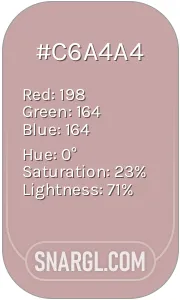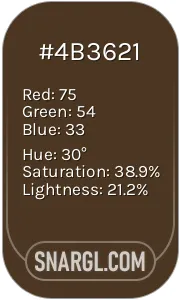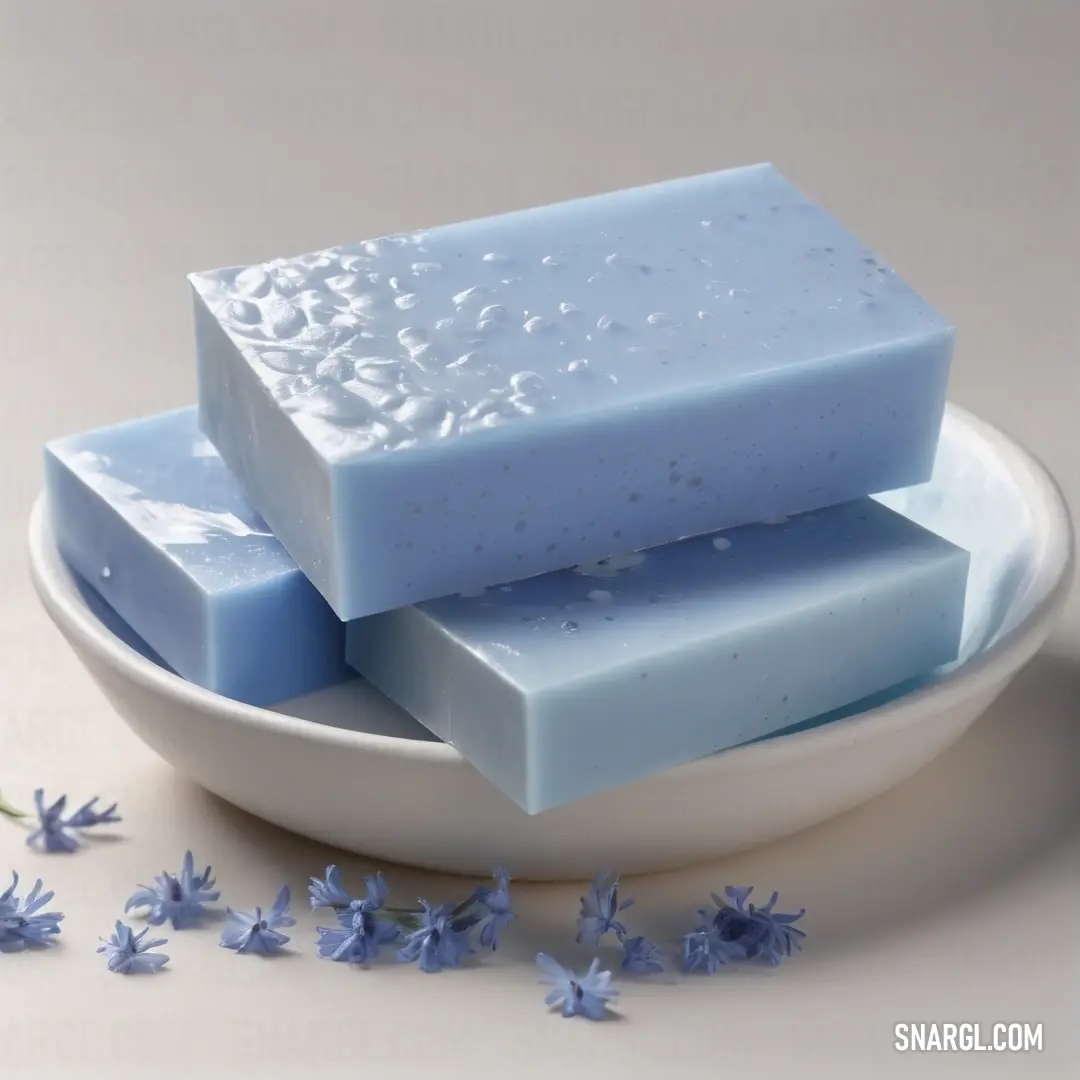
Dark pastel blue
What color is Dark pastel blue?
Dark pastel blue is a color that has a hexadecimal code of #779ECB.
This means that it is composed of 46.67% red, 61.96% green and 79.61% blue in the RGB color model.
In the CMYK color model, which is used for printing, this color has 41% cyan, 22% magenta, 0% yellow and 20% black.
Dark pastel blue has a hue of 212.1 degrees, a saturation of 44.7% and a lightness of 63.1% in the HSL color space.
It is a medium light shade of cyan-blue that is slightly desaturated.
Dark pastel blue is used in different color schemes, such as analogous, split-complementary, triadic and tetradic.
It can also be combined with different shades and tints of itself to create a monochromatic color scheme.
This color can be used for various purposes, such as design, art, fashion, branding and more.
It can evoke different moods and emotions, depending on the context and the combination of colors.
Example of the palette with the Dark pastel blue color

See these colors in NCS, PANTONE, RAL palettes...
Example of the palette with the Dark pastel blue color

See these colors in NCS, PANTONE, RAL palettes...
What are the examples of Dark pastel blue color in everyday life?
Some examples of dark pastel blue color in everyday life are:
The sky on a clear day can have a dark pastel blue hue, especially near the horizon.
This is because the sunlight is scattered by the molecules of air, and blue light is scattered more than other colors.
The more air molecules there are between the sun and the observer, the more blue light is scattered, resulting in a darker shade of blue.Some flowers, such as cornflowers, hydrangeas, and delphiniums, have dark pastel blue petals.
They contain pigments called anthocyanins, which reflect blue light and absorb other colors.
The pH level of the soil can affect the color of these flowers, making them more blue or purple.Some birds, such as blue jays, indigo buntings, and bluebirds, have dark pastel blue feathers.
This is because they have structural coloration, which means that their feathers have microscopic structures that reflect and diffract light, creating iridescent colors.
The angle of the light and the observer can change the perceived color of these birds.Some gemstones, such as sapphires, lapis lazuli, and turquoise, have dark pastel blue colors.
They contain minerals that absorb or reflect certain wavelengths of light, creating different hues.
For example, sapphires contain traces of iron and titanium, which absorb red and green light, leaving blue light to be reflected.Some fabrics, such as denim, chambray, and linen, can be dyed with dark pastel blue colors.
This is because they are made from natural fibers that can absorb dyes well, and because blue is a popular color for clothing.
Dark pastel blue fabrics can create a casual, cool, or elegant look, depending on the style and accessories.
Example of the palette with the Dark pastel blue color

See these colors in NCS, PANTONE, RAL palettes...






 Dark pastel blue
Dark pastel blue Medium jungle green
Medium jungle green UCLA Blue
UCLA Blue Pale mauve
Pale mauve Pastel brown
Pastel brown Cafe noir
Cafe noir Shadow
Shadow Wheat
Wheat Dark electric blue
Dark electric blue



 Air Force Blue
Air Force Blue Hooker green
Hooker green Platinum
Platinum Dark jungle green
Dark jungle green







